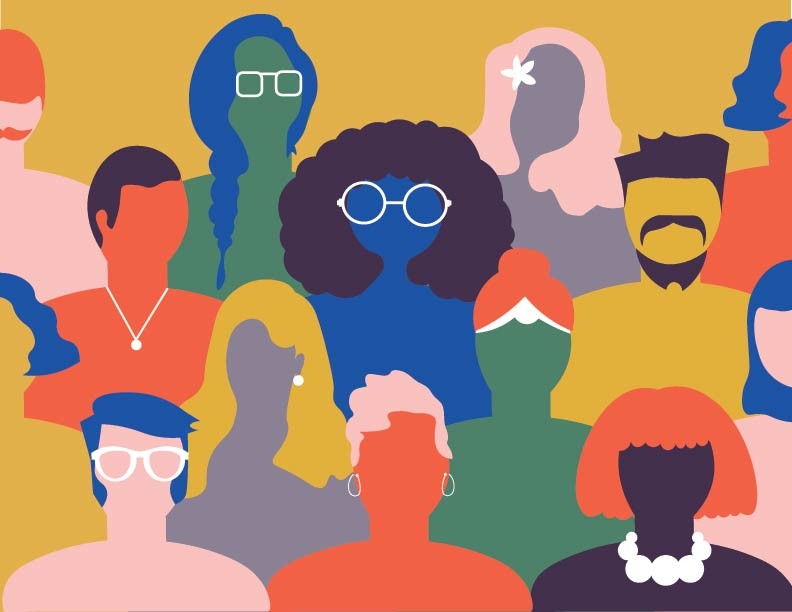On historically white campuses, spaces designated to minority students and their allies helps create a “sense of belonging and connection,” according to a study published last month.
The University of Chicago study found that for Black, Latinx and other marginalized students, “counterspaces” can be essential in the transition to college life on these campuses. Many University of Minnesota students with marginalized identities say spaces like these have made a difference to their time on campus.
The study began in 2013 and tracked over 500 Black and Latinx students who enrolled in historically white institutions in Illinois. Student experiences were documented over their first five years after enrolling in college.
Black and Latinx students had a harder time adjusting to life at historically white institutions, said Micere Keels, the University of Chicago associate professor who headed the study.
“We did have probably about a third of the students in our sample that [went] to predominantly white high schools,” Keels said. “So for those students, it was not as much of an adjustment or culture shock, but for other students of the study, it was much more different than the communities that they knew.”
Keels said that counterspaces help with that shock, and that concerns for these spaces adding to existing tensions is unfounded.
“If they’re able to find those smaller group spaces of belonging on campus, they absolutely become more — not less — engaged with the rest of the campus life,” she said. “They have some spaces where some of the time there’s an easy cultural familiarity and they’re not always under cultural stress.”
University of Minnesota sophomore Emma Vanhdy, ambassador for the Asian-American Student Union, joined ASU last year. She said her membership has helped her navigate her predominantly white fields of study — one of which is Forests and Natural Resource Management.
“Being a part of ASU definitely gives me a space where I can feel more comfortable expressing my Asian-American identity, especially since both majors are in CFANS,” she said. “Having people understand that process of being an Asian-American definitely makes me feel more included.”
Vanhdy said she sometimes feels “anxiety” in less diverse classrooms for her major.
“But whenever I do go to the ASU room after [those classes],” she said, “that anxiety does go away because … they’re more understanding about my cultural identity, and I am able to have the space to express that.”
Andrea Catarino, a third year representative from La Raza Latinx Student Cultural Center, said La Raza is an inclusive space. She said that while La Raza is a place for Latinx students to “showcase their culture,” everyone is welcome.
Joselin Navarro-Cano, who is also a member of La Raza, said the space made her feel more welcome on the entire Twin Cities campus.
“Finding a space like that kind of really helped me find that ‘home away from home,’” she said. “It really is like a safe space and like a space where I can be my authentic self.”
La Raza officers said the center has been used as a haven at times due to racial and political tensions, such as the numerous “Paint the Bridge” incidents. La Raza also became a healing space the day after the 2016 election when the room was opened and “packed with people grieving.”
“It was really hard for us to be on campus when that kind of rhetoric was being displayed,” said Navarro-Cano. “La Raza became a space where we can come and be able to talk about it together and heal from it together.”














